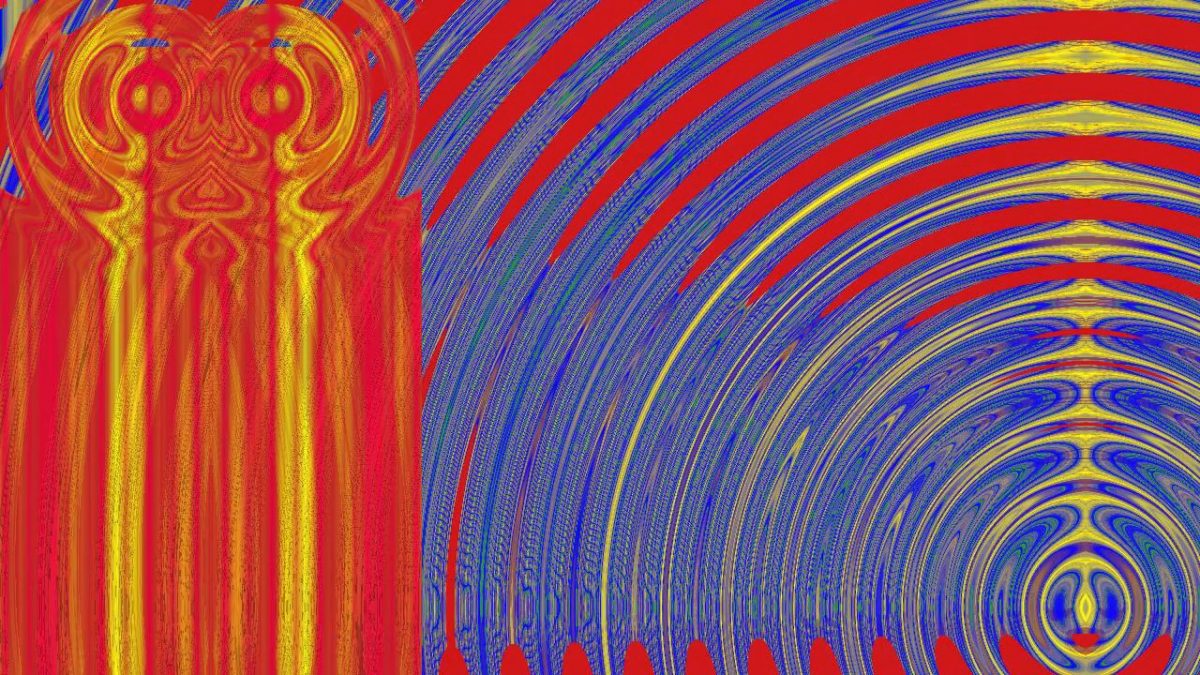“Serial art is art that adheres to a strict set of rules to determine its composition or to determine a series of compositions…. Some serial artworks are modular and are based on the repetition of a standard unit, like Andy Warhol’s soup cans or Joseph Alber’s coloured squares, while others offer variations on a theme, like Sol LeWitt’s Serial Project No.1 which showed all the different combinations of an open and closed cube.
Serial art has its roots in conceptualism and minimalism and gained popularity in America and Europe in the 1960s as a way for artists to create art without resorting to personal expression. (In the 1960s artists began to challenge the assumption that their role was to create special kinds of unique art object, in an attempt to bypass the increasing commodification of the art world).”
Art Term- Serial Arts. tate.org.uk
I have studied serial art before and it is not really my area of interest. But I have been fascinated by the systematic abstract colour experiments of Joseph Albers because of what they say about the nature of perception and the implications for design.
TASK:
This exercise has two connected parts from which you will produce an animatic:
- As a Research Task, read up on the serial art movement. As a starting point, some background research is provided below. Identify one or two artworks you find interesting and analyse the process by which they were made. Document your research in your learning log.
2. As a creative exercise, set yourself rules for the creation of an animation, inspired by your chosen artwork. Go about planning an animated sequence that could be made using these rules. Create an animatic in your editing program to visualise your idea.
Remember that an animatic can be made up of anything – still images, drawings, notes and written words – laid out on a timeline along with a scratch audio track. Upload your animatic to your learning log.
Sequential Effects Experiments
I decided to use Albers’ colour studies as the basis for experimenting with animated effect filters and blend modes of different colours in TVPaint. There were many possibilities, but I decided to focus on exploring the Distortion filters to understand differences in how they work and how they can be combined.
I got pretty immersed in changes and blends and was not always able to retrace my steps. I need to go back through all the TVPaint file history and work out exactly what I did.
This ‘accidental accident’ version with the mirroring has a Celtic feel. But I need to go back through the TVPaint History dialogue to work out exactly how I arrived at this.
